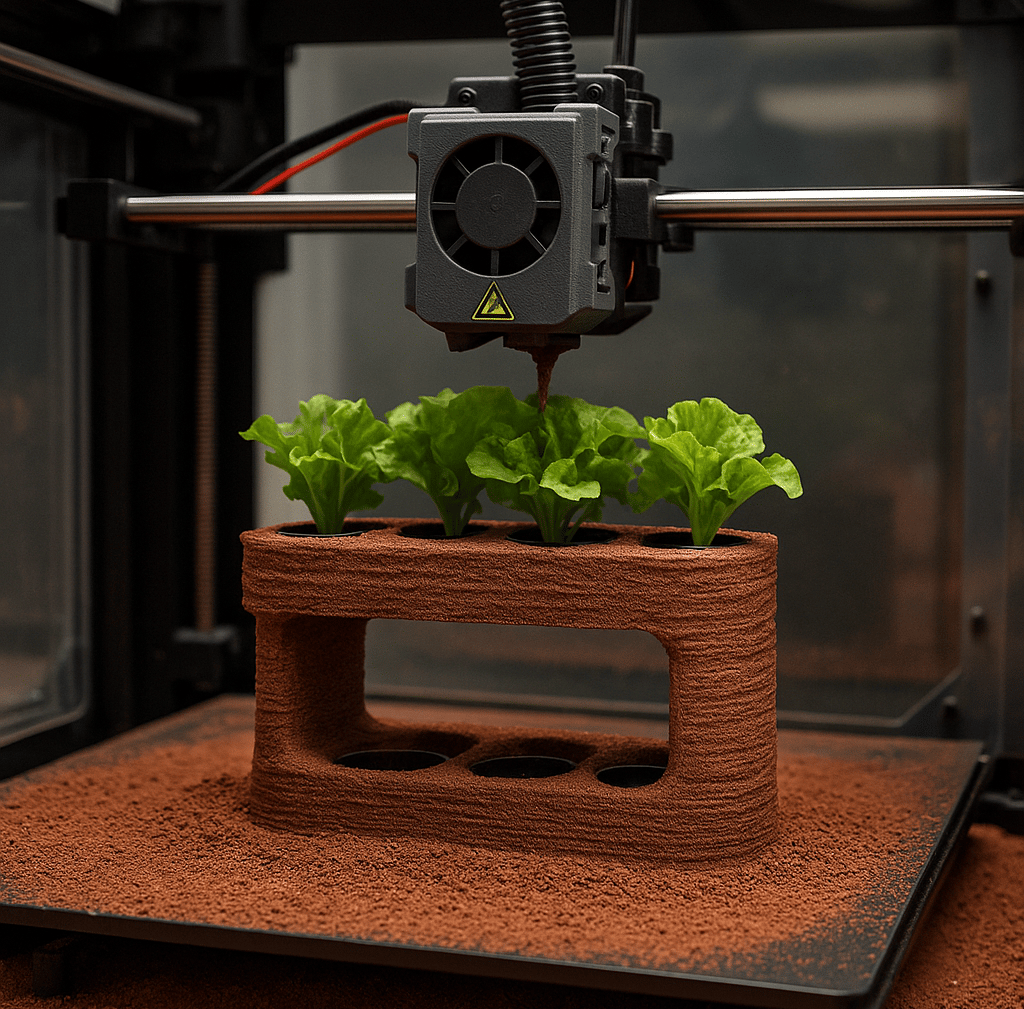From Red Dust to Green Life: Studying Martian Regolith
Can we grow food on Mars? At Hydro Space Sweden AB, we’re working to turn that science fiction dream into reality. When we think of Mars, images of a cold, dusty, lifeless planet often come to mind. Yet, beneath that red dust—called regolith—lies the potential to support human life. At Hydro Space Sweden AB, our mission is to pioneer sustainable food systems for Earth and beyond. As part of that vision, we’re preparing to dive into the study of Martian regolith simulants to explore how crops might one day grow on the Red Planet.
5/8/20242 min read


What is Martian Regolith?
Martian regolith is the loose, dusty material covering the surface of Mars. Unlike Earth’s soil, it lacks organic matter, is extremely dry, and contains perchlorates—salts that are toxic to humans. But what makes it interesting is that it contains key minerals like magnesium, calcium, potassium, and iron, which could support plant life if we find the right way to process and supplement it.
To simulate this on Earth, scientists use regolith simulants made from volcanic material that closely mimic the texture and chemistry of actual Martian soil. These simulants are critical for testing how well plants can grow under Martian conditions without needing to send experiments all the way to space.
Why Is Hydro Space Interested?
Our core mission at Hydro Space is to advance sustainable agriculture through hydroponic and space farming technologies. Studying Martian regolith is a natural next step as we develop systems that could function in extreme environments—whether that’s northern Sweden in winter or a Martian greenhouse.
We’re not just imagining the future—we’re building it. Our upcoming research will focus on:
Testing crop growth in regolith simulants: Using Martian soil analogues, we’ll evaluate which crops can survive and thrive, and what amendments (like nutrients or organic matter) are needed.
Combining hydroponics with regolith substrates: We aim to explore hybrid systems where water-efficient hydroponic methods are used alongside regolith to simulate realistic Martian farming setups.
Developing closed-loop systems: Sustainability is at the heart of what we do. Our experiments will focus on reusing water, recycling nutrients, and minimizing waste—just as future Mars missions will need to do.
Why It Matters—Here and on Mars
You might ask, “Why study Martian soil when we have urgent problems here on Earth?” Great question. The answer lies in resilience.
If we can design systems that work in the harshest environments—on a planet with no atmosphere, extreme cold, and no liquid water—we can absolutely use those lessons to improve food security in remote, climate-stressed areas on Earth. Innovations developed for Mars can lead to more efficient agriculture in urban centers, polar regions, or arid zones. That’s not just good science—it’s smart survival planning.
What’s Next for Hydro Space?
Our Martian regolith research will begin with lab-scale experiments using established simulants. We’ll test lettuce, radish, and beans—fast-growing, nutrient-rich crops often included in space farming studies. As we collect data, we’ll scale up to test lighting, CO₂ levels, and oxygen exchange—all critical elements for life support systems.
This research will not only help prepare humanity for a future on Mars but will also enhance our local hydroponic offerings in Sweden by pushing the boundaries of what's possible in food production. It’s a bold step forward, and we’re excited to share the journey.
Follow Us to Mars—and Back
Stay tuned as we publish updates, results, and behind-the-scenes looks at our Martian regolith experiments. Whether you're a space enthusiast, scientist, or someone who just loves fresh, local food—you’re part of the future we’re growing.
